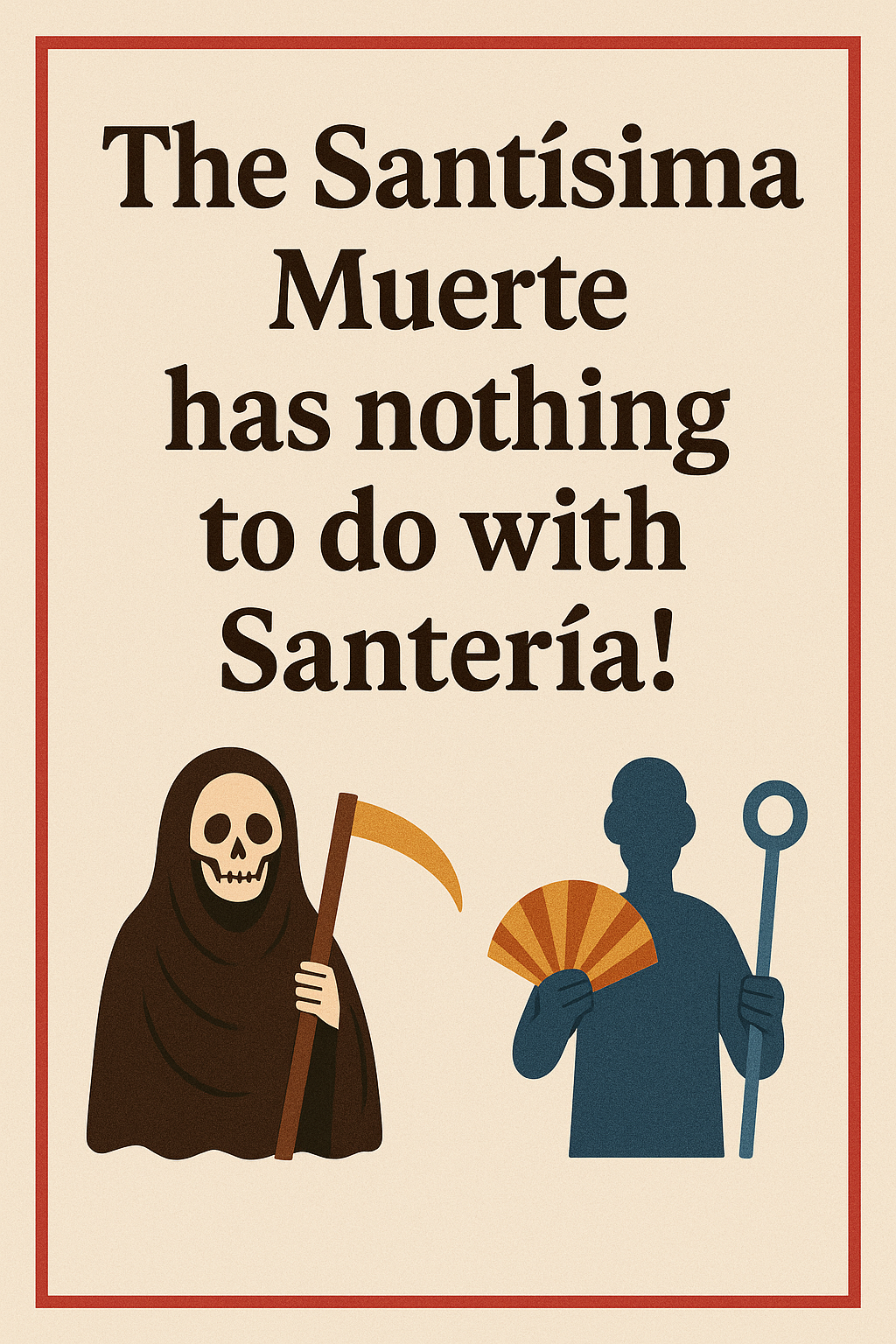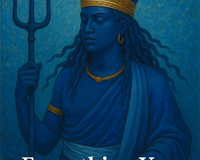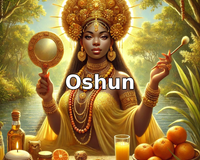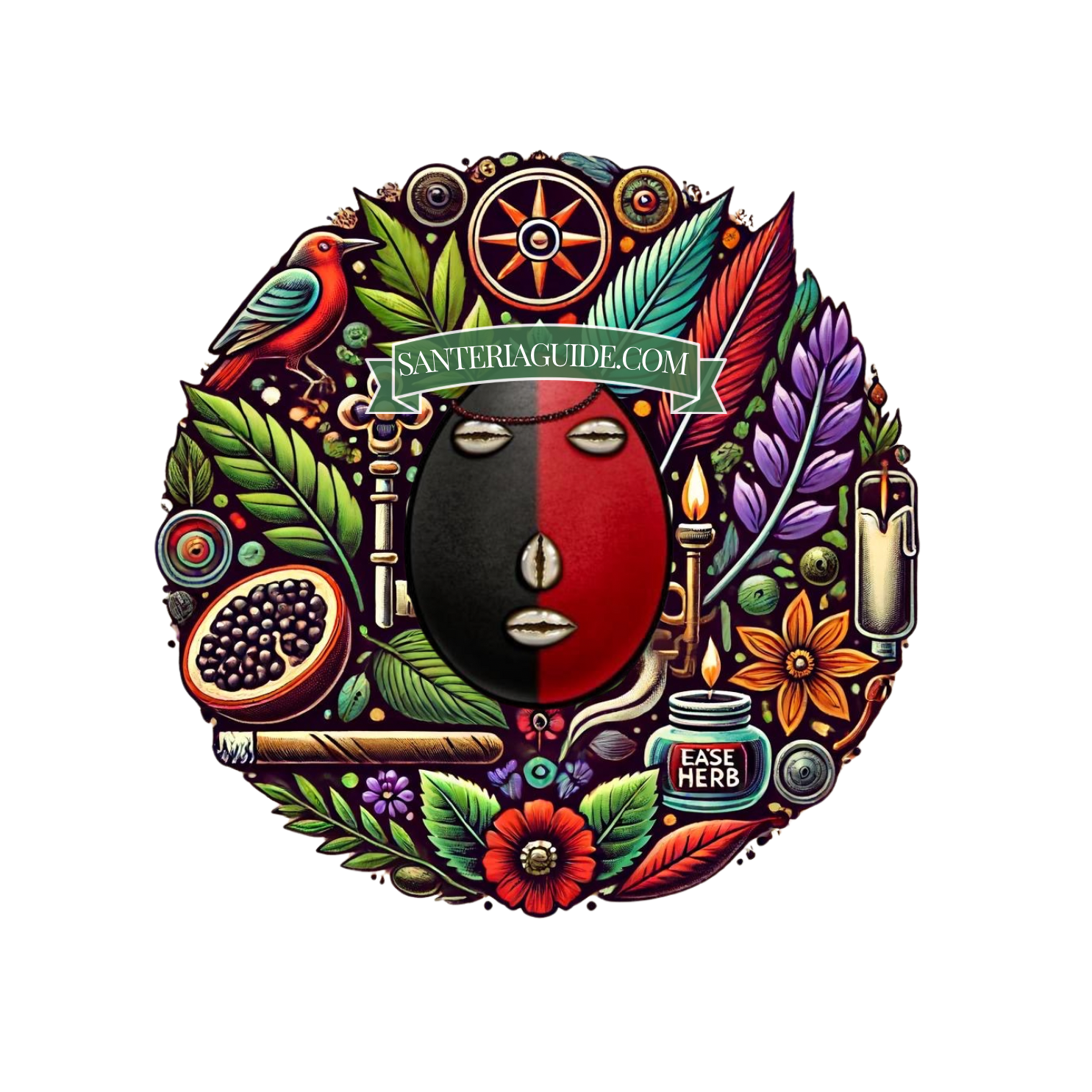- Understanding the Distinct Origins and Practices
- Historical Trajectories and Cultural Contexts
- Theological Foundations and Spiritual Cosmologies
- Ritual Practices and Ceremonial Distinctions
- Common Misconceptions and Media Representations
- Geographic and Demographic Distributions
- Authentic Spiritual Practice and Cultural Respect
- Questions for Deeper Understanding
Understanding the Distinct Origins and Practices
The confusion surrounding Santisima Muerte and Santería stems from widespread misconceptions that conflate disparate spiritual traditions. This misunderstanding perpetuates harmful stereotypes while obscuring the profound theological and cultural distinctions between these practices. Holy Death, known as La Santísima Muerte, emerges from Mexican folk Catholicism and indigenous cosmology, whereas Santería represents the syncretic fusion of Yoruba religious traditions with Catholic symbolism in Cuba.
Santería, also called Regla de Ocha or Lucumí, originated through the forced diaspora of Yoruba peoples to the Caribbean during the Atlantic slave trade. Practitioners preserved their ancestral wisdom by correlating Orisha deities with Catholic saints, creating a sophisticated religious system that honors both African cosmology and survival strategies. The veneration of Santísima Muerte, conversely, developed independently within Mexico's spiritual landscape, drawing from pre-Columbian death deities, Catholic mysticism, and contemporary folk practices.
Historical Trajectories and Cultural Contexts
The historical trajectories of these traditions reveal fundamentally different cultural matrices. Santería crystallized in 19th-century Cuba through the religious innovations of enslaved Africans who maintained connection to Yorubaland's spiritual technologies. Babalawo priests, Iyalosha priestesses, and community elders established houses of worship called ilé, preserving complex initiation protocols, divination systems, and ceremonial practices.
Mexican devotion to death personifications predates colonial contact, rooted in Aztec, Maya, and other Mesoamerican civilizations that understood mortality as cyclical transformation rather than finality. Spanish colonization introduced Catholic death imagery, which indigenous communities reinterpreted through existing cosmological frameworks. This synthesis birthed contemporary Santísima Muerte veneration, particularly flourishing in marginalized urban communities seeking protection, justice, and miraculous intervention.
Theological Foundations and Spiritual Cosmologies
The theological underpinnings of Santería center on ashé – the divine force that animates existence and flows through all creation. Practitioners cultivate relationships with specific Orishas who govern natural phenomena, human experiences, and spiritual evolution. Elegguá opens pathways, Yemayá nurtures maternal wisdom, Changó commands thunder and justice, while Oshún oversees love and rivers. This polytheistic framework emphasizes balance, reciprocity, and communal harmony within cosmic order.
"The Orishas are not distant deities but intimate spiritual forces that guide daily life, offering wisdom through divination, protection through ritual, and transformation through initiation ceremonies."
Santísima Muerte devotion operates within a different paradigm entirely. Followers petition Holy Death as an equalizing force that transcends social hierarchies, religious boundaries, and moral judgments. She represents impartial justice, protection from violence, assistance with love matters, and prosperity in business ventures. Unlike Orisha worship, which requires extensive training, community involvement, and ritual preparation, Santísima Muerte veneration remains largely individualistic and accessible to anyone regardless of background or initiation status.
Ritual Practices and Ceremonial Distinctions
Santería ceremonies demand precise execution of ancient protocols transmitted through oral tradition and hands-on apprenticeship. Tambores honor Orishas through sacred drumming, singing, and possession states that allow deities to manifest through trained mediums. Initiation ceremonies like Kariocha transform novices into priests through elaborate rituals involving animal sacrifice, herbal preparations, and the transmission of ashé through consecrated objects.
The construction of Orisha altars requires specific knowledge of each deity's preferences, colors, foods, and symbolic representations. Practitioners use handcrafted mazos (ritual bundles), elekes (beaded necklaces), and ildés (sacred bracelets) consecrated through traditional methods passed down through generations of initiated priests and priestesses.
Common Misconceptions and Media Representations
Popular media frequently conflates Santísima Muerte with Santería, creating sensationalized narratives that misrepresent both traditions. Television shows, films, and news reports often present these practices through sensationalist lenses that emphasize supposed connections to criminal activity, dark magic, or dangerous occultism. Such representations ignore the profound spirituality, community support, and cultural preservation that characterize authentic religious practice.
The association of Santería with Santísima Muerte particularly troubles practitioners who have spent decades building respectability and recognition for their ancestral traditions. This conflation perpetuates racist stereotypes about African-derived religions while simultaneously appropriating Mexican spiritual practices without understanding their cultural significance.
Geographic and Demographic Distributions
Understanding the geographic concentrations of these practices illuminates their distinct cultural roots and transmission patterns. Santería maintains strongest presence in Cuba, Puerto Rico, Venezuela, and diaspora communities throughout the United States, particularly in Miami, New York, and Los Angeles. Practitioners often trace their religious lineage to specific Cuban casas (houses) and maintain connections to island-based spiritual communities.
| Tradition | Primary Geographic Centers | Cultural Origins | Transmission Method |
|---|---|---|---|
| Santería/Lucumí | Cuba, Puerto Rico, Venezuela, U.S. diaspora | Yoruba (West Africa) | Formal initiation lineages |
| Santísima Muerte | Mexico, southwestern United States | Mesoamerican/Mexican folk Catholicism | Individual devotion |
Santísima Muerte veneration concentrates primarily in Mexico and Mexican-American communities, with particular strength in border regions, urban centers experiencing high crime rates, and areas where traditional Catholic practices merge with indigenous spirituality. The practice spreads through personal testimony, family tradition, and grassroots networks rather than formal religious institutions.
Authentic Spiritual Practice and Cultural Respect
Authentic engagement with either tradition requires deep respect for cultural origins, proper education, and acknowledgment of the communities that preserved these practices through centuries of persecution and marginalization. Those drawn to Santería must understand the commitment required for genuine practice, including years of study, community involvement, and potential initiation under qualified priests or priestesses.
- Seek education from qualified practitioners within established spiritual communities
- Understand historical contexts and cultural significance before engaging with ritual practices
- Purchase ceremonial items from authentic sources that respect traditional crafting methods
- Avoid mixing practices from different traditions without proper knowledge and guidance
- Recognize the difference between cultural appreciation and inappropriate appropriation
Similarly, those interested in Santísima Muerte devotion should approach the practice with sincerity, understanding its Mexican cultural roots, and respect for the communities where this veneration developed organically. Neither tradition benefits from sensationalized portrayals, commercialized appropriation, or conflation with unrelated spiritual practices.
Questions for Deeper Understanding
How can practitioners distinguish between authentic spiritual guidance and commercial exploitation of religious traditions? What role do handcrafted ceremonial tools play in maintaining connection to ancestral wisdom? Why do marginalized communities often develop distinct relationships with death and divine justice?
These questions invite deeper reflection on the social, cultural, and spiritual factors that shape religious expression within diaspora communities. Understanding these dynamics helps practitioners approach both traditions with appropriate reverence, cultural sensitivity, and spiritual sincerity.
The distinction between Santísima Muerte and Santería ultimately reflects broader questions about religious identity, cultural preservation, and spiritual authenticity in an increasingly interconnected world. Both traditions offer profound wisdom to their respective communities while maintaining distinct theological frameworks, ritual practices, and cultural significance that deserve recognition and respect.





